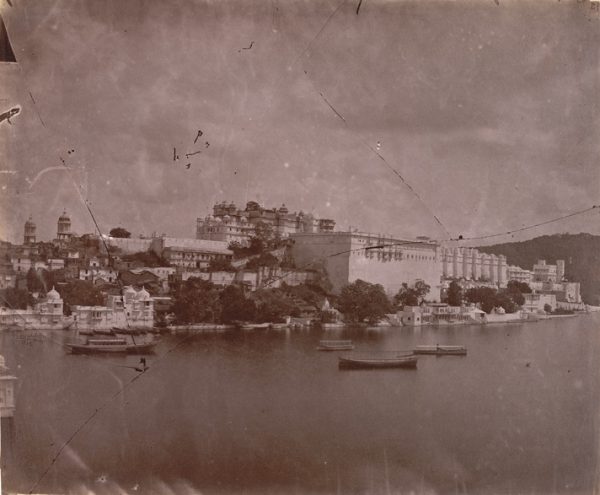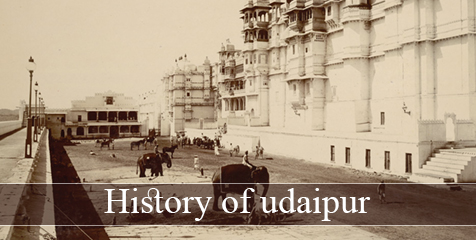Posted inEvents History and Culture
Udaipur: A blessing turns 466 year old today
Every city deserves a birthday celebration, a royal one deserves after party. According to tradition, Maharana Udai Singh founded Udaipur on this day i.e. Akshaya Tritiya or Akha Teej in…


